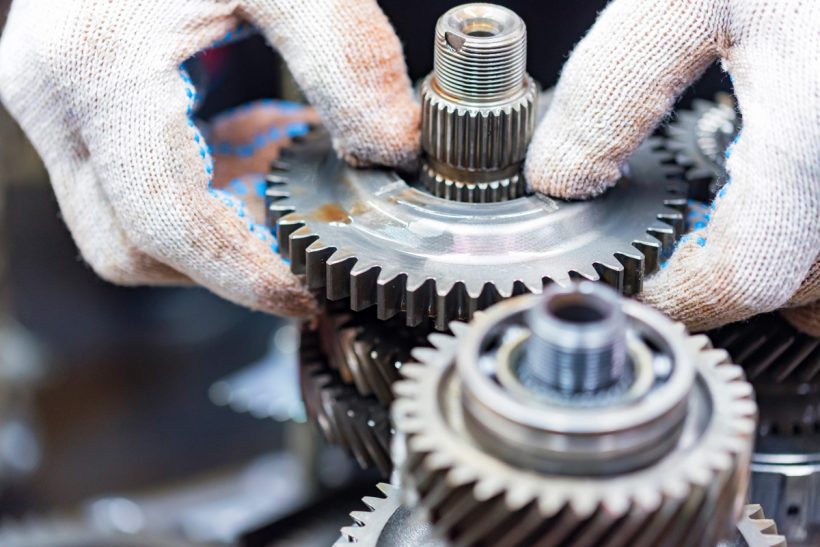Torque Converter Clutch Solenoid Location
This clutch will create a mechanical connection between transmission and engine. Applying the TCC will reduce engine RPMs, while also lowering the transmission fluid temperature and increasing fuel economy. The control module utilizes inputs from multiple sensors to determine when the timing is right to apply the TCC.
Once the module identifies the time for application, it commands one or more TCC solenoid valves in order to engage the TCC clutch. The majority of vehicles engage the TCC in stages leading to a 100% lockup. This means the solenoid is designed as a variable force solenoid, which provides different amounts of pressure to the TCC.
What Does A Torque Converter Clutch Solenoid Do?
When engaged with by a switched-on solenoid, the TCC solenoid is a plate that locks the tribune to the housing which contains the impeller. This will cause the torque converter to rotate as one part. This takes stress off the engine and maximizes the power used to propel the vehicle.
The TCC solenoid is a switch used to control fluid pressure and release that can lock up the torque converter clutch. While the TCC solenoid does not stop the car from running in its top gear, it will hinder performance if it is unable to affect the clutch.
Replacing A Torque Converter Clutch Solenoid
Multiple solenoids are found around the transmission to progress automatic transmissions through gear shifts. There will be a 1-2 gear solenoid, 2-3 gear solenoid, 3-4 gear solenoid and a TCC solenoid in a 4-speed transmission. Whenever any of these fail, you will not be able to generate the necessary pressure in the torque converter to shift gears effectively.
It is very common to replace all these parts when replacing a TCC solenoid. All of these parts can go out at the same time. Unfortunately, when this happens it can lead to a costly and lengthy repair.
Accessing the TCC solenoid will differ based on car models. Some make the component easy to access, others will make it more difficult. The mechanic may even have to move the entire transmission or converter housing if the TCC solenoid is difficult to access. The battery and/or air filter may also have to be moved during the replacement process. In order to change out the solenoid without hiccups, the transmission fluid will most likely need to be changed out.
Despite the common issues, replacing a converter can be done as a DIY project. When attaching the new unit, it can be quite easy to insert a converter if it is bolted in place.
When Is A Torque Converter Clutch Solenoid Replacement Necessary?
Pinpointing an exact cause of a transmission issue can be a difficult task, especially for the untrained eyes. Most car owners are better off telling their mechanic where they believe the problem area is instead of suggesting it’s a transmission issue. Signs of a failed solenoid include an inability to accelerate, engine shutdown or even a total loss of power. Changing out the transmission fluid frequently can help prevent an eventual replacement. Avoiding the problem altogether will make your car very difficult to operate.
Replacing the old and worn out solenoid will make your car much easier to drive. With a solenoid replacement, this should all but eliminate the possibility of the car losing power or shutting down. The overall safety and quality of the vehicle goes up with a replacement. A vehicle with clutch solenoid issues will cause the transmission and torque converter to wear out. Avoid all the potential issues by replacing the clutch solenoid as soon as any problem is detected.
Road Runner Converters Offers Many Torque Converter Replacements
Road Runner Converters offers many torque converters for sale online. We offer GM Torque Converters, Ford Torque Converters, Diesel Torque Converters, Towing Torque Converters, Street Torque Converters and more.





